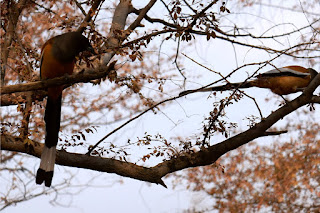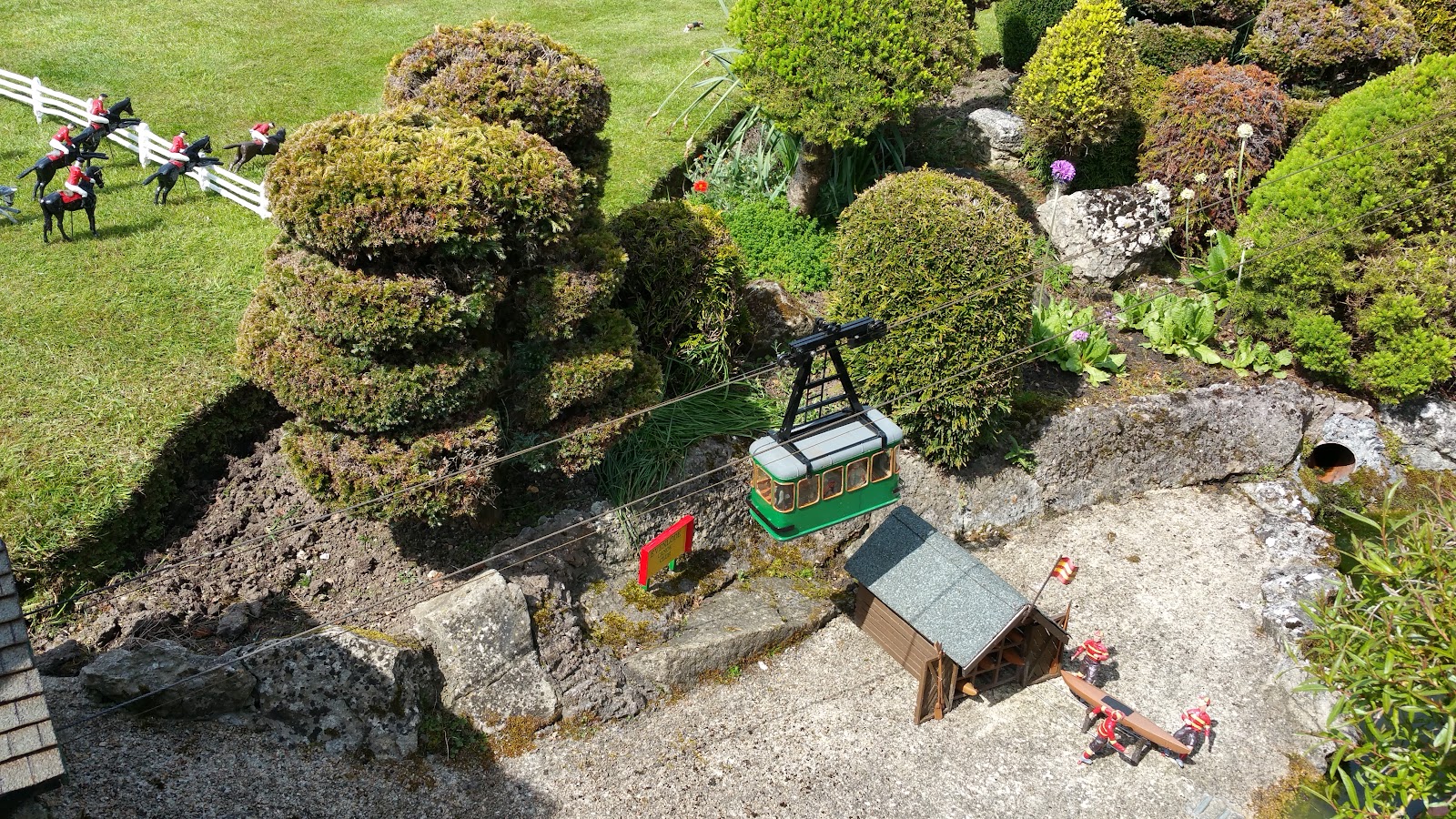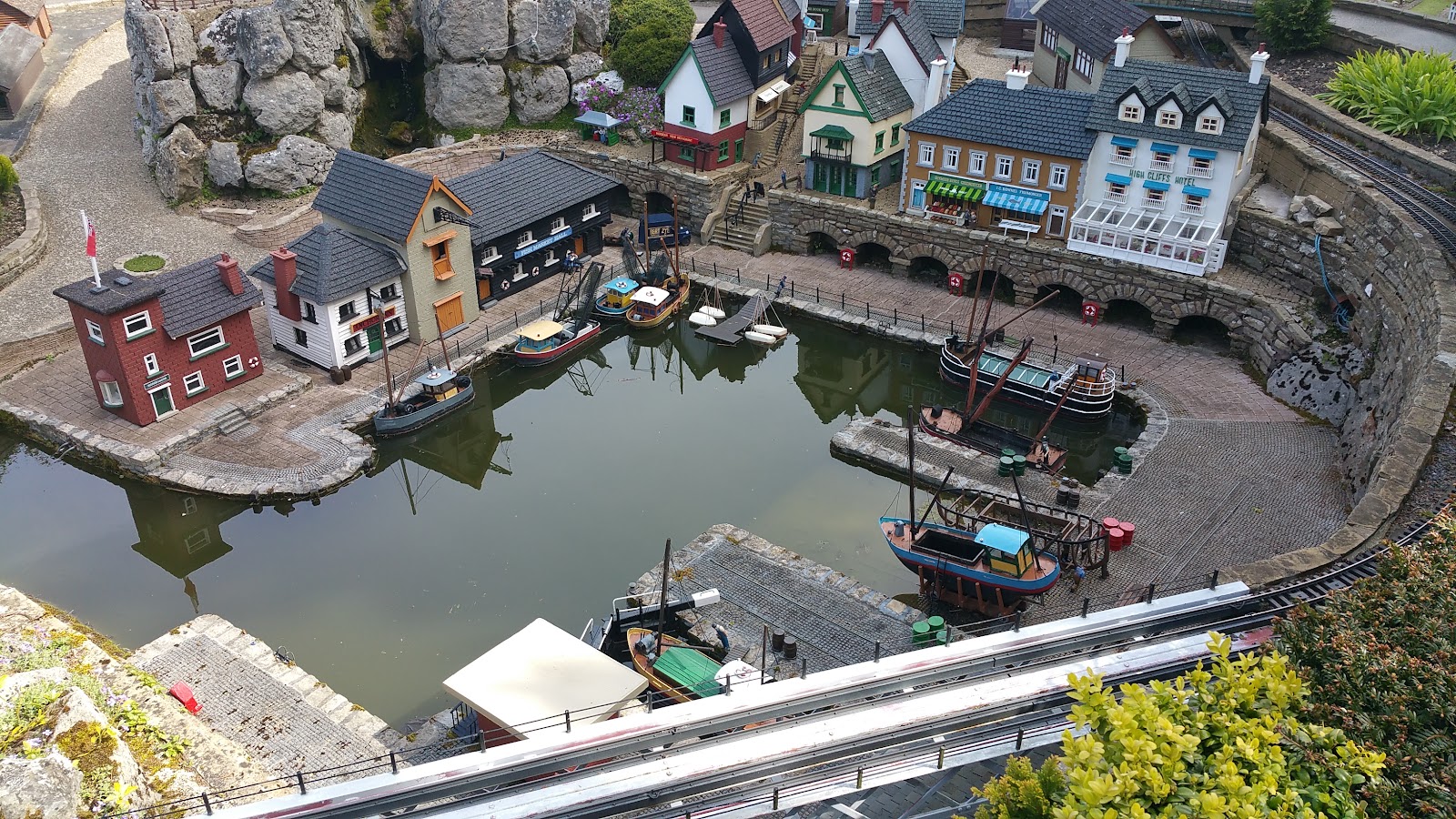A visit to India seems incomplete without seeing the stunning marble tribute to love, the Taj Mahal in Agra.
According to the government
website, the Taj Mahal (Crown Palace) was conceived by the fifth Mughal Emperor, Shah Jahan (1592-1666). The monument is a tribute to his beloved queen Mumtaz Mahal, a Muslim Princess, who died after giving birth to 14 children. She and Shah Jahan are buried in the monument.
The white marble monument gleams in the sunlight adding to its beauty. The structure is recognized for its beauty, geometry, and symmetry. The height of the monument is 73 metres (240 feet).
The four minarets are 130 feet tall. They are constructed at a slight angle so that in case of collapse, they would fall outward and thus not damage the monument.

Example of artwork. The white marble is inlaid with precious stones.

This red sandstone gate to the Taj Mahal is a phenomenal work of art in itself.
The calligraphers learned their art from Italian craftsmen. The text is from the Quran.

The Yamuna River runs behind the Taj Mahal

In addition to the landscape, I also appreciated the birds (egrets pictured) and other interesting scenes.


We rode back to our bus in style.

More notes...
The construction took over 20 years.
It is a World Heritage Site.
Learn more at http://www.history.com/topics/taj-mahal
Tips
There is a fee for admission.
Arrive early to beat the day tourists making a round trip.
The monument is closed on Fridays.
Photographs are permitted outside but not inside the mausoleum.
Guards screen for metal objects. Check the rules.
Note the rules about food and drink.
Vendors are everywhere practice safety as you would around any monument.
See the website for current details.




























































